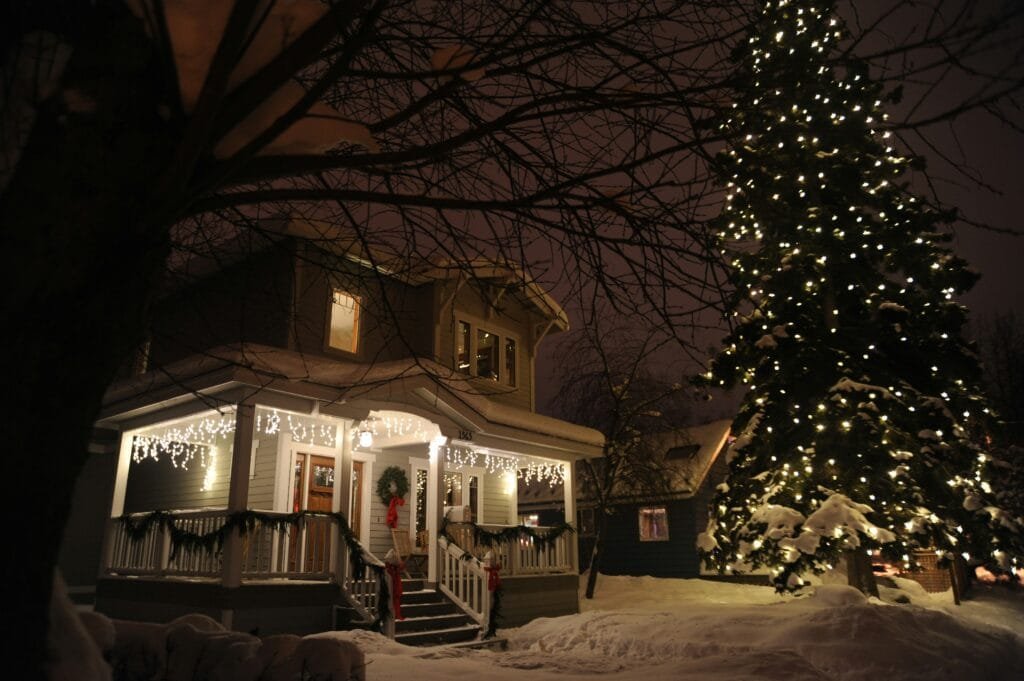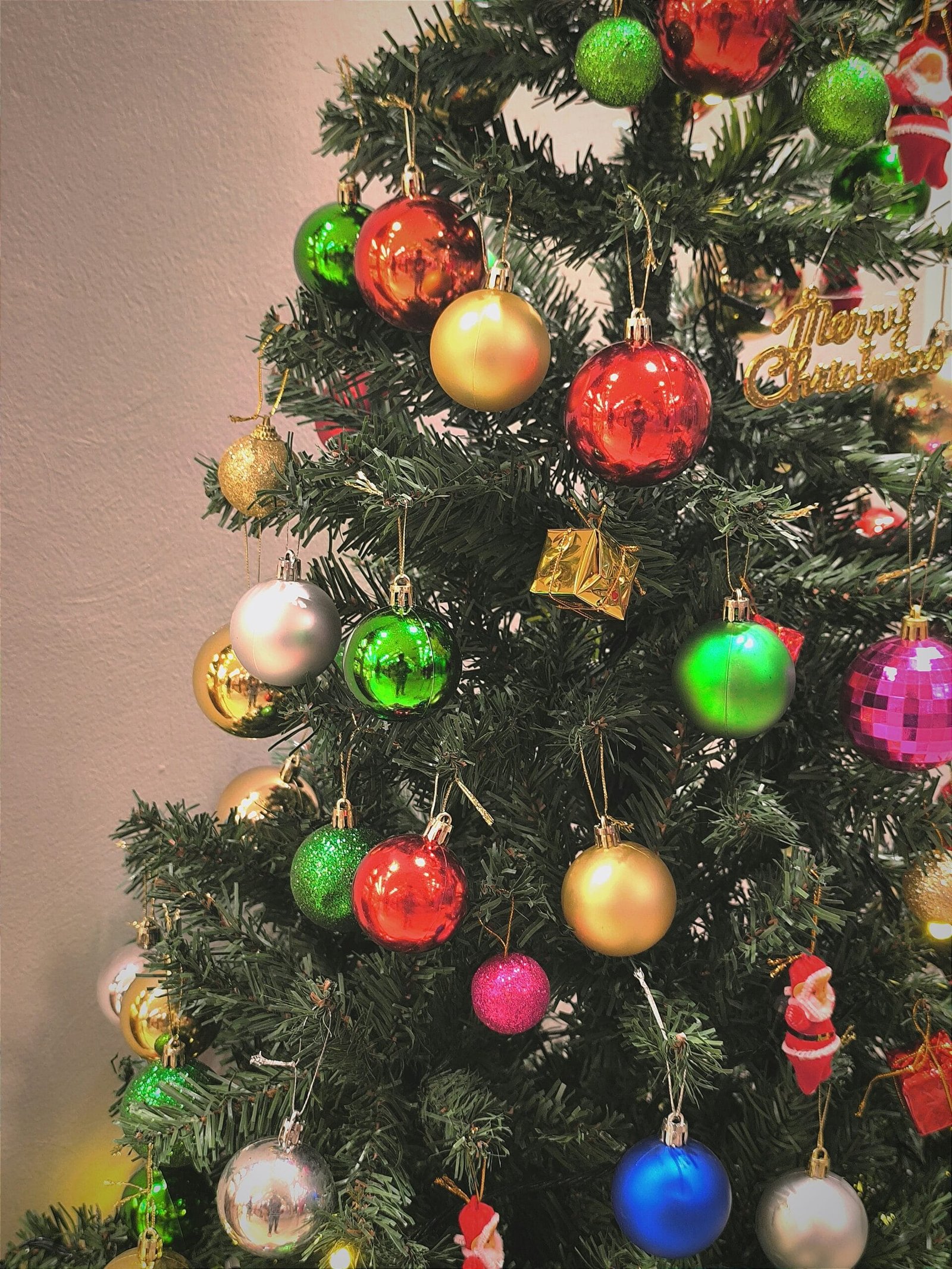The History of CHRISTMAS
The History of Christmas: Celebrations Through the Ages
Origins of Christmas Celebration
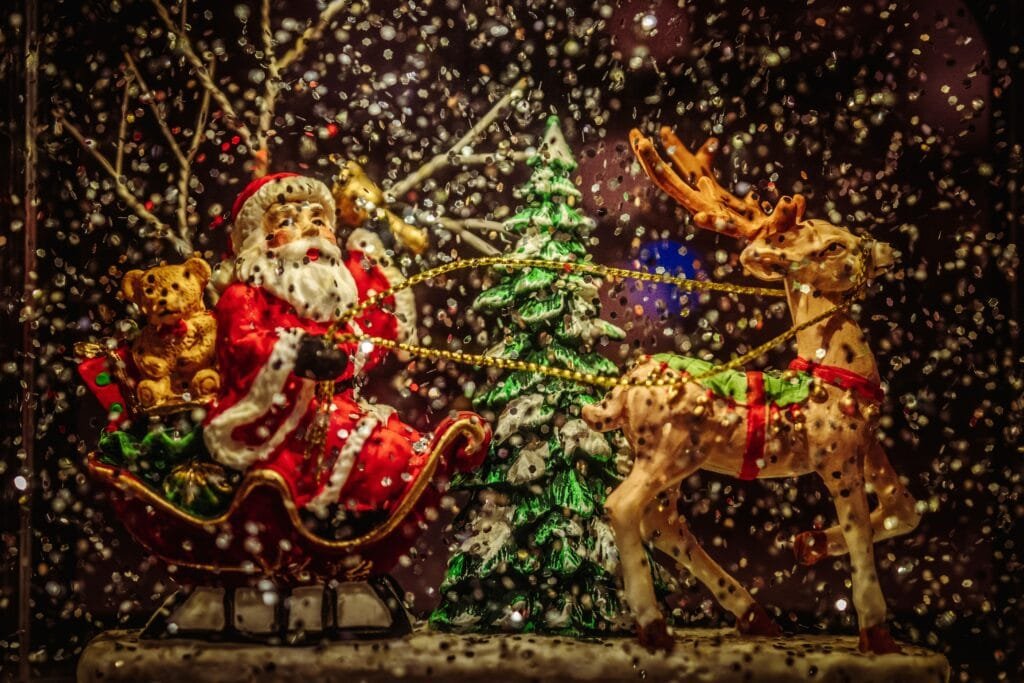
The celebration of Christmas has a rich history that can be traced back to the 2nd century. Initially, early Christians recognized the significance of the birth of Jesus Christ, yet there was no formal observance of this event. The focus was primarily on the resurrection during the early Christian era, and the birth of Jesus did not receive the same level of attention. Over time, however, the recognition of Jesus’ birth began to grow among Christian communities, emphasizing the importance of his nativity in their faith.
As these communities began to acknowledge the significance of December 25th, the holiday started gaining popularity. By the 4th century, the date was officially adopted by the church for the celebration of Jesus’ birth. It is widely believed that this timing was strategically chosen to coincide with pagan festivals that were already being celebrated during the winter solstice, such as Saturnalia and Sol Invictus. This alignment not only facilitated the acceptance of Christianity among pagans but also provided a means to enrich the Christmas festivities with various cultural elements.
While the early observances lacked the ornate traditions seen in modern celebrations, they laid the foundation for the rich tapestry of customs that would evolve over the centuries. The gradual incorporation of elements such as nativity scenes and carols began to enhance the meaning and experience of Christmas. Furthermore, the significance of the holiday extended beyond mere religious observance, ultimately becoming a time of joyous gatherings and communal celebrations. The origins of the Christmas celebration reveal a fascinating interplay of religious significance and cultural adaptation, paving the way for the widespread and multifaceted observances seen today.
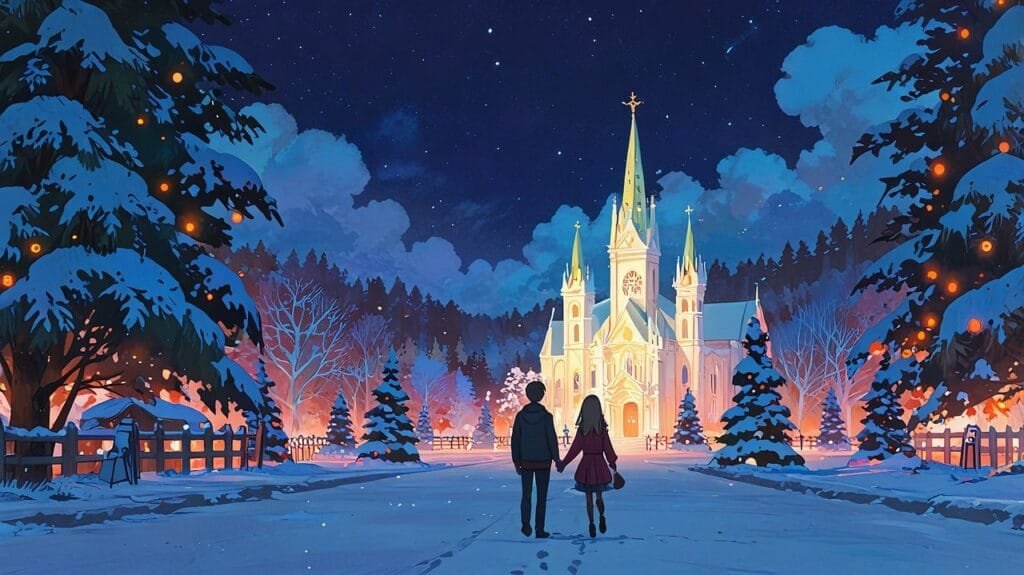
The Selection of December 25
The establishment of December 25 as the date for Christmas, officially recognized in the 4th century, was a significant milestone in the history of Christmas celebrations. This date was selected during the reign of Emperor Constantine, the first Roman emperor to convert to Christianity. The decision to observe Christmas on this particular day was influenced by multiple factors, both religious and cultural. One of the primary reasons for selecting December 25 was its proximity to the winter solstice, a time deeply rooted in pagan traditions. The winter solstice occurs around December 21 or 22 and symbolizes the return of longer daylight hours when the sun begins its journey back northward.
This correlation between the solstice and the chosen date for Christmas served to align the new Christian celebration with existing pagan festivities. The Romans celebrated Sol Invictus, or the “Unconquered Sun,” on December 25. By adopting this date, early Christian leaders aimed not only to promote the observance of Christ’s birth but also to provide a Christian alternative to the widely popular pagan rituals of the time. This strategic move helped to ease the transition from paganism to Christianity for many converts, offering them the opportunity to celebrate their newfound faith while still participating in familiar traditions.

Additionally, the incorporation of December 25 in the Christian calendar was also seen as an effort to unify various Christian communities under a common celebration, fostering a sense of solidarity among believers. As the centuries passed, this date became entrenched in Christian doctrine and tradition, leading to the rich and diverse ways in which the birth of Jesus Christ is now celebrated worldwide. The decision made in the 4th century thus set the stage for a profound impact on how Christmas is commemorated in contemporary society.

Winter Solstice Festivals
The winter solstice, occurring around December 21st in the Northern Hemisphere, has been a pivotal moment in various cultures for centuries. Among the myriad of celebrations during this period, the Roman festival of dies natalis solis invicti, or the birth of the unconquered sun, stands out. This festival marked the end of the longest night of the year and symbolized the sun’s gradual return, heralding the arrival of longer days ahead. Celebrated on December 25th, it featured feasting, rituals, and various festivities aimed at encouraging the sun’s resurgence.
The commemoration of dies natalis solis invicti was deeply significant for the Romans, representing hope and renewal. The intrinsic link between light and life emphasized the importance of the sun in agriculture and daily activities, making the festivities vital for community bonding and spiritual reflection. As the Romans celebrated the rebirth of sunlight, they engaged in traditions that later found their way into Christmas customs. For instance, the use of evergreen plants symbolized eternal life and renewal, themes closely tied to winter solstice observances. This practice eventually transitioned to the Christmas tradition of decorating Christmas trees and wreaths, connecting the two celebrations through shared symbolism.
Emperor Constantine and Christmas
Emperor Constantine the Great played a pivotal role in shaping the celebration of Christmas, particularly in establishing December 25 as its official date. Prior to Constantine’s reign, the Christian community faced persecution and marginalization within the Roman Empire. However, with his conversion to Christianity and the subsequent Edict of Milan in 313 CE, Constantine sought to foster an environment of tolerance and acceptance towards Christians.

In 326 CE, he formally proclaimed December 25 as the date for Christ’s birth, a decision that has had a lasting impact on Christian festivities. This particular date coincided with the pagan festival of Sol Invictus, which celebrated the “Unconquered Sun.” By choosing this date, Constantine aimed to create a bridge between the Christian and pagan populations, allowing both groups to engage in a shared celebration. This strategic timing was likely intended to ease the transition for pagans towards Christianity, persuading them to adopt Christian beliefs while preserving elements of their traditional celebrations.
Through this act, Constantine not only solidified December 25 as a significant date within the Christian liturgical calendar but also laid the groundwork for the broader acceptance of Christianity within Roman society. The incorporation of pre-existing pagan customs into the Christmas celebration further aided in the assimilation of pagan traditions with Christian values. As a result, many elements of the former solstice festivities were absorbed into Christmas practices, leading to the rich tapestry of customs we observe today.
Thus, Emperor Constantine’s influence was instrumental in establishing December 25 as Christmas, focusing on unity and coexistence among diverse groups within the empire. This legacy of blending traditions continues to shape how Christmas is celebrated around the world, reflecting a historical interplay that began in the early 4th century.

The Evolution of Santa Claus
Santa Claus, a beloved figure of Christmas, has undergone a significant transformation over the centuries. His origins can be traced back to Saint Nicholas, a 4th-century bishop known for his generosity and gift-giving, particularly to children. The Dutch rendition, Sinterklaas, preserved many of these original qualities and customs, which eventually made their way to America in the 18th century, forming the foundation of the modern Santa Claus.
The 1823 publication of Clement Clarke Moore’s poem, ‘A Visit from St. Nicholas,’ played a vital role in shaping the current image of Santa Claus. In this poem, Santa is depicted as a jolly figure who travels in a sleigh pulled by eight reindeer, delivering gifts on Christmas Eve. This vivid description contributed significantly to the Santa Claus persona that we recognize today. Moore’s portrayal emphasized not only Santa’s joyful demeanor but also painted a picture of an iconic holiday figure who exemplifies the spirit of giving, reinforcing values of kindness and warmth during the Christmas season.
In the years following Moore’s work, various artists and writers contributed to the evolution of Santa Claus. One notable artist, Thomas Nast, illustrated Santa in Harper’s Weekly during the late 19th century, further popularizing his plump, cheerful appearance. Nast’s illustrations introduced elements such as the North Pole workshop and Santa’s list of good and bad children, enriching the mythology surrounding this festive character.
As the 20th century approached, Santa Claus became commercialized, appearing in advertisements and holiday promotions, transforming into a symbol of Christmas consumerism. The Coca-Cola Company, in particular, is credited with solidifying the modern image of Santa as a plump, red-suited figure that embodies Christmas cheer. This version, characterized by his iconic red coat and white beard, has remained steadfast in popular culture, reflecting an enduring legacy that continues to adapt and resonate with new generations.
Coca-Cola’s Impact on Santa’s Image
The portrayal of Santa Claus has evolved significantly over the centuries, with various interpretations influenced by cultural, religious, and commercial factors. One of the most pivotal changes occurred in the 1930s due to the marketing strategies employed by Coca-Cola. During this period, the company launched a series of advertisements that played a crucial role in solidifying the modern image of Santa Claus as a jovial figure clad in a vibrant red suit.
In 1931, Coca-Cola commissioned the artist Haddon Sundblom to create a series of illustrations depicting Santa enjoying a delivery of cold Coca-Cola. These images featured a rotund, cheerful man with a white beard, embodying the spirit of generosity and warmth associated with the holiday season. Sundblom’s portrayal not only aligned with the festive atmosphere that Coca-Cola aimed to project but also significantly shaped the public’s perception of Santa Claus. Prior to this, various depictions existed, ranging from the slender figures from European traditions to the stern, gift-giving St. Nicholas. Sundblom’s interpretation became a quintessential representation of Santa, merging elements of different folklore traditions.
The campaign’s success can be attributed to its emotional resonance, as the imagery of a friendly, approachable Santa provided a comforting vision during the tumultuous years of the Great Depression. The advertisements, which appeared in magazines and billboards, reached a wide audience and effectively established Santa as a symbol of holiday cheer. This transformation influenced Christmas celebrations worldwide, encouraging a focus on family, togetherness, and the joy of giving. The merging of Coca-Cola with Santa’s image not only solidified the jolly persona we recognize today but also integrated commercial elements into the fabric of Christmas traditions, underscoring the interplay between marketing and cultural symbolism in the modern celebration of the holiday.
The Introduction of Christmas Trees
The Christmas tree, a staple of modern holiday celebrations, has its origins rooted in ancient customs that predate its popularization in England. The act of decorating trees during winter celebrations can be traced back to pagan traditions, where evergreens symbolized life and renewal in the face of harsh winters. However, it was not until the early 19th century that the Christmas tree began to take its place in British households.
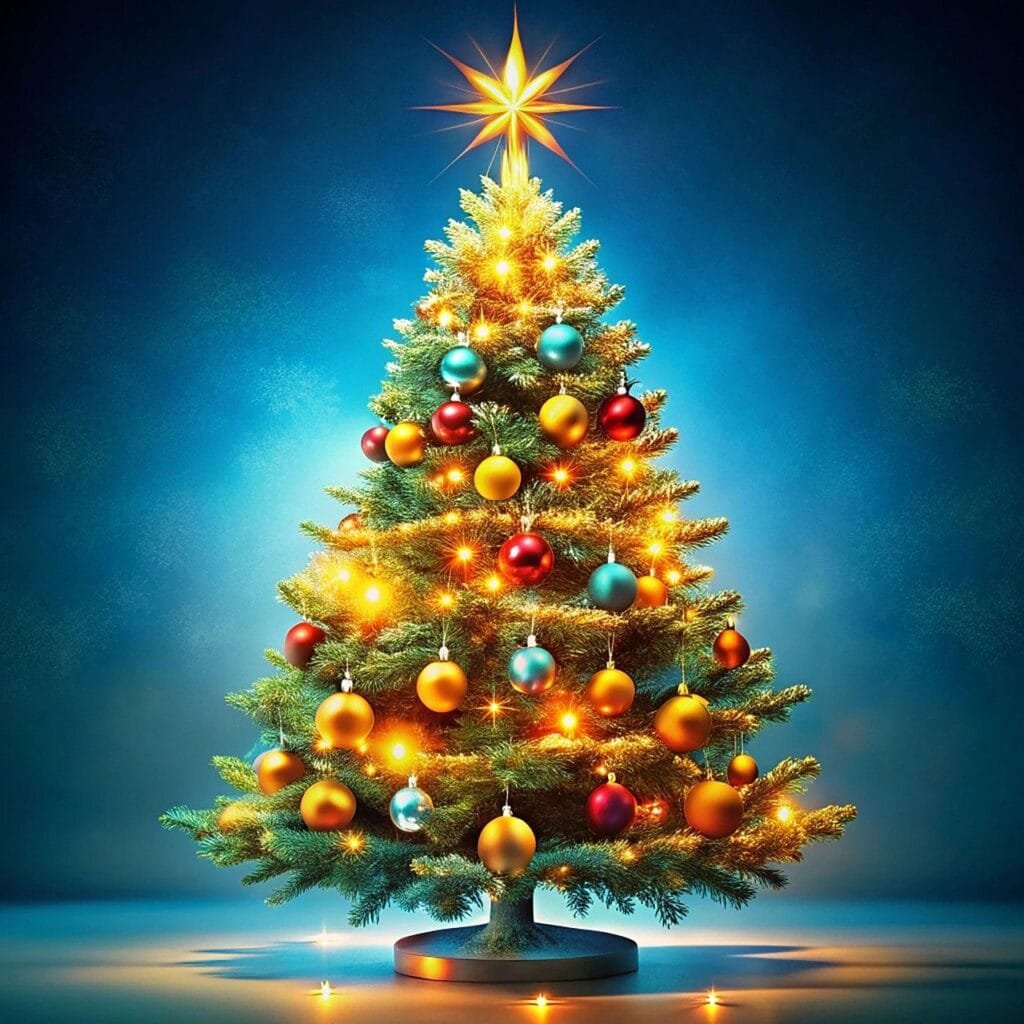
The introduction of the Christmas tree to England is often attributed to German influence, particularly following the marriage of Queen Victoria to Prince Albert, who originated from Germany. In the 1840s, a widely circulated illustration of the royal family gathered around a decorated tree popularized the custom among the British public. By embracing this tradition, families began adorning their trees with candles, fruits, sweets, and later, glass ornaments, enhancing its aesthetic and festive appeal.
In addition to its visual splendor, the Christmas tree serves as a means of gathering family and friends, fostering a sense of unity and celebration. Contemporary practices include the tradition of presenting gifts beneath the tree and the inclusion of diverse ornaments that reflect individual family stories. Today, the Christmas tree is universally recognized, symbolizing joy, giving, and the spirit of togetherness during the holiday season, making it an enduring symbol of Christmas celebrations across cultures.
Other Midwinter Traditions
Throughout history, various cultures have celebrated midwinter festivals that predate Christmas, contributing to the rich tapestry of seasonal customs observed today. Ancient Egyptians, for instance, honored the winter solstice with the festival of Wepet-Renpet, marking the rebirth of the sun. This event centered on the sun god Ra, symbolizing hope and renewal as days began to lengthen. Such ceremonies highlighted the significance of light during the darkest time of the year, which parallels the themes of Christmas celebrated centuries later.
Similarly, the Romans celebrated Saturnalia in mid-December, an exuberant festival dedicated to Saturn, the god of agriculture. This week-long celebration was characterized by feasting, revelry, and the temporary reversal of social roles, encouraging slaves and masters to switch places. The festive atmosphere of Saturnalia, complete with gift-giving and decorations, laid the groundwork for many modern Christmas traditions, emphasizing the joy of community gatherings and merriment during winter.
In addition, the Druids observed the Yule festival, commemorating the winter solstice with various rituals aimed at honoring nature and the cycles of life. They believed that the return of the sun symbolized rebirth and regeneration, often celebrated with feasts and the decoration of evergreen trees, which served as a symbol of everlasting life. These customs highlighted humanity’s intrinsic connection to nature and the seasonal changes, further enriching the joyful spirit that midwinter has come to embody.
As these ancient traditions spread over time and blended with emerging customs surrounding Christmas, they created a more diverse and festive atmosphere. The synthesis of various practices not only shaped the way people celebrate during the winter months but also fostered a sense of unity and joy among different cultures. The influence of these early winter celebrations is evident in the vibrant holiday traditions we honor today.

Christmas Celebrations Through the Ages
The celebration of Christmas has undergone significant transformation since its origins in early Christianity. Initially, Christmas was a modest religious observance commemorating the birth of Jesus Christ, rooted in traditions that emphasized spiritual significance. In the 4th century, the church officially designated December 25th as the day of Jesus’ nativity, which eventually was adopted by various cultures to coincide with existing winter solstice celebrations.
Throughout the Middle Ages, Christmas evolved to incorporate local customs and seasonal festivities. By the 12th century, with the rise of feasting, merrymaking, and communal gatherings, Christmas began to take on a more jubilant character. Traditional carols emerged, and the emphasis shifted to community celebrations, marked by elaborate feasts, decorations, and rituals.
The Reformation brought about profound changes to Christmas traditions, especially in Protestant regions, where certain aspects of the more exuberant festivities were discouraged. However, in the 19th century, there was a resurgence of interest in Christmas as a time for family and community bonding, spurred by literature, such as Charles Dickens’ “A Christmas Carol,” which fostered a renewed focus on charity and goodwill.
Today, Christmas is celebrated globally, with a rich mosaic of traditions reflecting diverse cultural influences. In many countries, it retains its religious significance, while in others, it has become a largely secular holiday characterized by gift-giving, festive meals, and various customs unique to each region. Festivals such as Christmas markets, where local crafts and foods are showcased, along with the prevalence of Santa Claus and festive decorations, further illustrate the multitude of ways that Christmas has been embraced over centuries.
As we look at modern-day celebrations, it is clear that Christmas encapsulates a blend of historical practices and contemporary influences, making it a vibrant and evolving holiday enjoyed by people from all walks of life.













